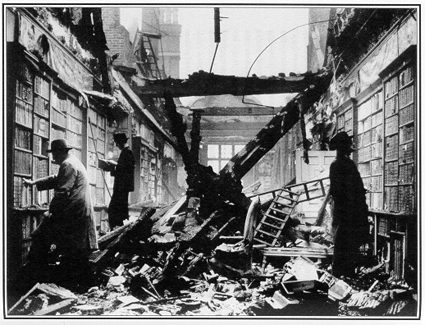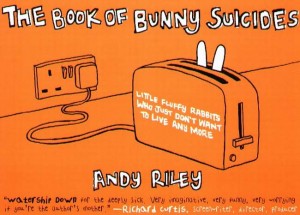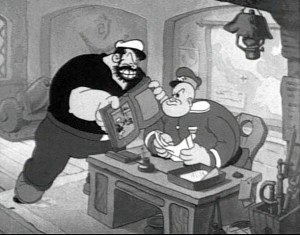
The last couple weeks in the political season anything said on behalf of a candidate is artful lie; anything about the opposition is out-and-out lie. The crude lesson of Modernism is that we are, one and all, unreliable narrators slouching toward the polls bearing a fragmented, mythologized tale. It is a commonplace that hagiography, of politician or saint, is the telling anecdote burnished, brightened and mythologized. But these days even formal academic history is a jumble of preconceived ideas and abstract principles, pleading a cause, no matter how neutral the tone. Revisionist history responds by discovering a different cause or an opposite effect.
Has skepticism, the core principle of knowledge and education, led to the debasement of politics, or has the pervasiveness of politics geared us to accept the lie as the lowest common denominator of public discourse? No matter. The problem, I think, is that we continue to view discourse as some sort of continuum running from hard fact to fiction. We’d be better off if we acknowledged that it’s all fiction, and that we live within a series of intersecting novels. We ought to read Free Market Economy and War on Terror the same way we read Pride and Prejudice, The Great Gatsby, or War and Peace. Fiction, we believe, bears some element of the truth in the artful arrangement of its lies. What’s behind the words or between the lines? Is it something the writer’s hidden there? Or something that can’t be found out by either the writer or the reader? If it’s fiction, at least, we know we’re responsible for digging truth out. We never take fiction at face value. Well, almost never.
Or perhaps this is simply a rationalization for why, at the age of sixty, I read very little but fiction. In fact, it’s a novel that sparked my recent bitter reflections on American politics.
Continue reading A novel idea for the voter’s pamphlet








